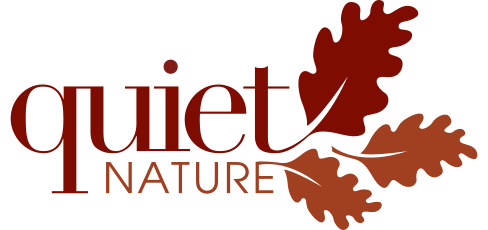Gardening for Birds, Bees and Wildlife
Spring has finally sprung; it is time to get into the garden again. A beautiful garden not only incorporates lush greenery and flowers but also has stunning wildlife. Whether you are looking to attract pollinators to help your garden thrive, or simply love the view of wildlife, gardening for them takes special care and curation.
To help you curate the garden of your dreams that attracts stunning wildlife, here are some essential tips and tricks you should follow.
Choosing The Right Plants
The key to attracting birds, bees, and wildlife, including small mammals, is choosing the right plants. Different plants attract different wildlife species. The first step to choosing the right plants is knowing which animals and insects you would like to visit your garden.
Once you have decided which animals or insects you would like to attract, you can choose plants from the following corresponding lists.
Bees
- Black-Eyed Susans
- Blazing star
- Lupine
- Beardtongues
- Monarda
- Sunflowers
- Lavender
- Flowering Thyme
Birds
- Milkweed
- Cardinal Flowers
- Winterberry
- Chokeberry
- Trumpet Vines
- Honeysuckle
- Coneflowers
- Dogwood
Butterflies
- Phlox
- Stokesia
- Aster
- Coneflowers
- Liatris
- Beebalm
- Butterfly Bush
This is not a complete list and covers some of the easiest and desirable wildlife creatures you can attract. Many of the plants listed will work for birds, bees, and butterflies. If you are looking to attract primarily birds, various tree species are what you will want the most of. Your garden will look magical with these pollinators and small mammals fluttering and scurrying about.
How to Implement Pest Control
Although you may be looking forward to inviting certain guests into your garden, there are other critters that can creep their way in and damage your plants.
The first thing you need to do is identify the critters in your garden. Are they good or bad? Do they help your garden thrive or destroy it? If you find pests in your garden, you can try using pest control products, but there are few rules you should follow if you choose to do so.
- Use sparingly and only where it is necessary.
- Spot treat in the early evening to avoid harming pollinators at peak hours.
- Do not spray pest control products when it is windy.
- Do not spray open blooms.
- Choose a trusted product.
Each of these rules will help you avoid harming your plants, wildlife visitors, and the environment. The main goal of your personal garden may be beauty, but protecting the ecosystem is crucial.
Why You Should Garden for Wildlife
The answer to this question is quite simple. By gardening for wildlife you’re helping the ecosystem go round. You are offering shelter and food to your chosen visitors, all while enjoying their spectacular beauty. If you want to see some of these visitors in action, try going out to your garden midday. At this time, pollinators such as bees and butterflies are most active. Get outside, soak up the shining sun, and enjoy all the beauty nature has to offer the world.
